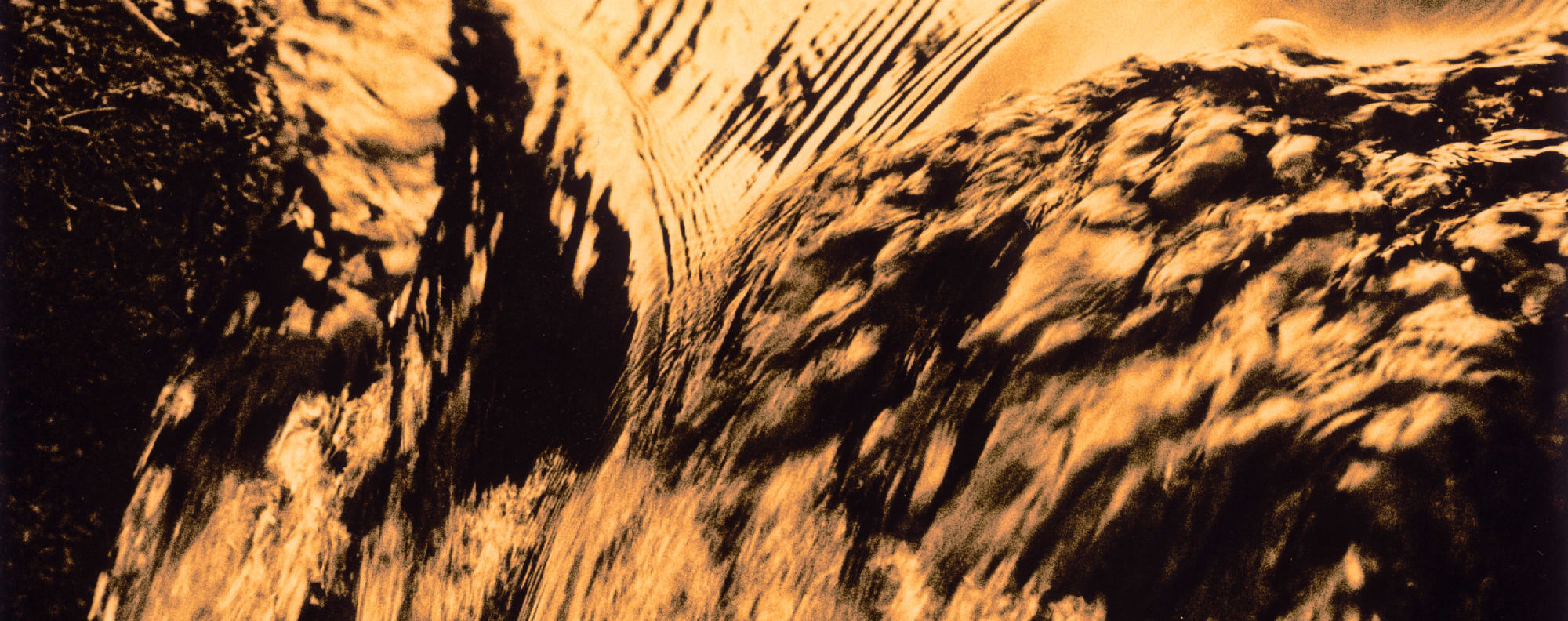The 1940s saw Smith ‘abandon all aspects of the craft which no longer moved him’ and he ‘never went to the circus or music hall again after the forties and added little to his documentation of the fairground’. (ESP p. 9). There was no follow up to the work on special schools, nor to exploring commercial work more fully as he had done with Imperial Airways[2]. There was a gap of 20 years before he attempted anything that might be described as documentary again with The Living City – A New View of the City of London (1957). Here he appears uneasy with both the City and its denizens. The crowds go about their business, occupying spaces and giving scale or context, but they are for the most part, stiff, mere props. We get no sense of the realities of their working, let alone their domestic, life. The work for A Study of Anstey is similarly lacking in documentary perception.
This is not to say that Smith’s other work lacks a documentary dimension. In the 1930s he was recording the vernacular details of urban buildings and places, details that speak of the unseen people. Olive Cook writes of ‘the feeling of life and warm humanity which he imparted to every picture, often most strikingly when no figure was present’ (ESP p.6). Robert Elwall draws attention to Smith’s affinity with his subjects and the ability to show buildings as part of the community and the use of details to humanise pictures. Elwall quotes John Betjeman saying Smith could ‘find a significant detail in a church – an oil lamp, a bell rope, or a harmonium which could conjure up a whole parish of people’ (EoP p. 51). Yet, as Elwall rightly observes of English Cottages and Farmhouses, ‘Rarely are we permitted a glimpse into the harsher reality of rural working life.’ (EoP p. 54). Moving forward in time to the 1980s and 90s, there is an interesting comparison with the work of James Ravilious, which is also about country people and their lives, effectively combining both the romance and the reality of rural life. Places and people come together to create the whole.
Edwin Smith was great architectural photographer and in that mode a fine photographic technician, but it is impossible to escape the conclusion that his body of documentary work is slight. It rarely gets beneath the surface and does not develop a narrative, there are no coherent photo stories or essays. Why? I suggest there are four main reasons.
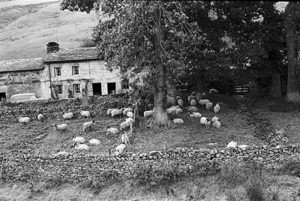
First, Smith was essentially a neo-romantic with a love of country places and distaste for modernity and big cities. The romance of the circus and the fairground harmonises with this; the brashness of coal mines and City institutions do not. Ultimately cottages, parish churches, cathedrals and palaces were where he was to feel at home.
Second, there were the briefs he was given. The work done on Tyneside in 1936 was commissioned by a conservative MP with conflicting libertarian–fascist views[3]. Robert Elwall suggests that ‘perhaps Smith’s photographs were intended to provide vindication for Wilson’s view on a visit in 1936 that conditions were better than they had been two years previously’. (EoP p. 19) The Living City was a promotional work for the Corporation of London, which wanted to celebrate the City and its institutions, not the workaday life of its people. Anstey was a book with a very particular cause. So, perhaps Smith can be forgiven for producing less than exciting work. By contrast, the photographs of circuses and fairs spring out of a keen personal enthusiasm and are far more effective as a result. The Circuses were done with love; the miners and bankers a duty.
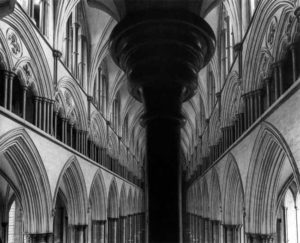
Third, he had no interest in and feel for the active, engaged documentary way of working; he was much more at home in the studied, contemplative world of buildings. Such documentary work as he did is soft, not hard edged. It is difficult otherwise to explain how he could have stood so completely outside the mainstream of innovative documentary work in the 1930s through to the 1950s. Likewise it is difficult to explain why the 1930 work was almost totally unpublished at a time when there was a growing appetite for such things. The way in which the material was subsequently used as fillers in the Saturday Books reinforces this view. While Brandt, Spender and Rodger were founding a documentary tradition Smith was producing ‘All about’ photo books for the Focal Press. And herein might lay a supplementary reason. The negatives and prints of the early documentary work show Smith struggling badly with exposure, focusing/camera shake, film processing and printing. This will have been intensely frustrating (especially with apparently no peers to advise him) and been an added impetus to move into a genre that allowed much greater control.
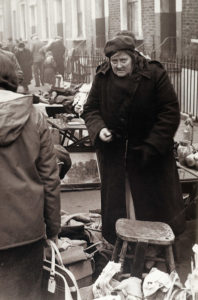
Fourth, Smith may well have been temperamentally unsuited to documentary work. Olive Cook refers to ‘his gift for establishing a warm sympathetic relationship after the briefest encounter’. (ESP p. 7). But we know that, as well as being charming and relaxed, he could be abrasive and intolerant. The latter qualities are not those associated with the empathetic demands of documentary photography. Smith was ideologically conservative and according to Olive Cook an elitist. It is not difficult to see that he would be more at home in the romantic and cerebral world of traditional architecture than in the messy world of working life. Unlike many of his contemporaries, he had no desire to change the society. From the 1950s people don’t have to be engaged with, they have distant walk on-parts in an ordered, enduring world, a world of detachment not engagement.
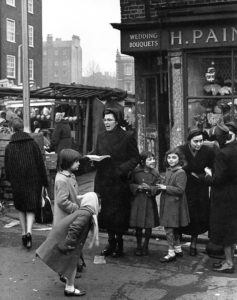
Smith never really wanted to be a photographer and only grudgingly accepted it late in his life. Photographing beautiful buildings and places – and the great majority of them are, even if they are not grand – perhaps allowed him to maintain the fiction that he was an artist manqué. As a documentary photographer he could never have sustained that illusion; he was temperamentally unsuited to it and did not pursue it. Looking back we can see his early heterogeneous work – especially apparent looking through his 35mm negatives – as a series of stepping stones to a mature expression of his creativity. Most artists follow a similar path.
While that path is rocky, it would do Edwin Smith no small service to see more of it revealed.
References
The Living City – A New View of the City of London, Corporation of London, London, 1957
A Study of Anstey, Olive Cook, Nuthampstead Preservation Association, 1969
Creative Camera International Year Book 1978, Coo Press Ltd, London, 1977 Photography: A Concise History, Ian Jeffrey, Thames & Hudson, London 1981
Edwin Smith – Photographs 1935-71, Thames & Hudson, London, 1984
Evocations of Place – The Photography of Edwin Smith, Merrell/RIBA, London, 2007
Photographe de Paris, Eugene Atget, Errata Editions, New York, 2010
Romantic Moderns, Alexandra Harris, Thames & Hudson, London 2010
Acknowledgements
Thanks to Robert Elwall, Jonathan Makepeace and staff at the RIBA Library for support with the research for this article and permission to use Edwin Smith’s work.
All photographs in this article are ©RIBApix and copies may be ordered via their website link.
Brian Human
[1] Ashington was the home of the Ashington Group, the ‘Pitmen Painters’, a small society of artists, which met regularly from 1934 and had its first exhibition in 1938. Given Smith’s artistic pretensions, it is perhaps illuminating that there is no evidence that he ever met the Group.
[2] In 1960 Henri Cartier Bresson was not above documenting the Bankers Trust Company, New York.
[3] Trawling through the RIBA archive shows Smith dining and doing archery with Herman Goering, hobnobbing with Nazis in Berlin and visiting the works of A G Faden in the 1930s
